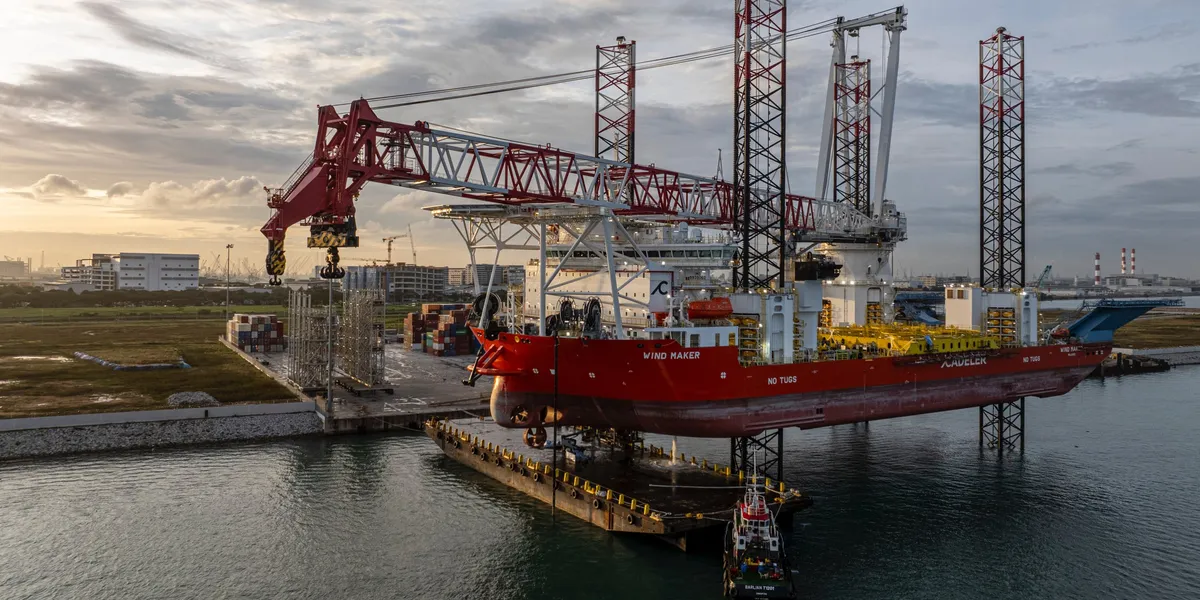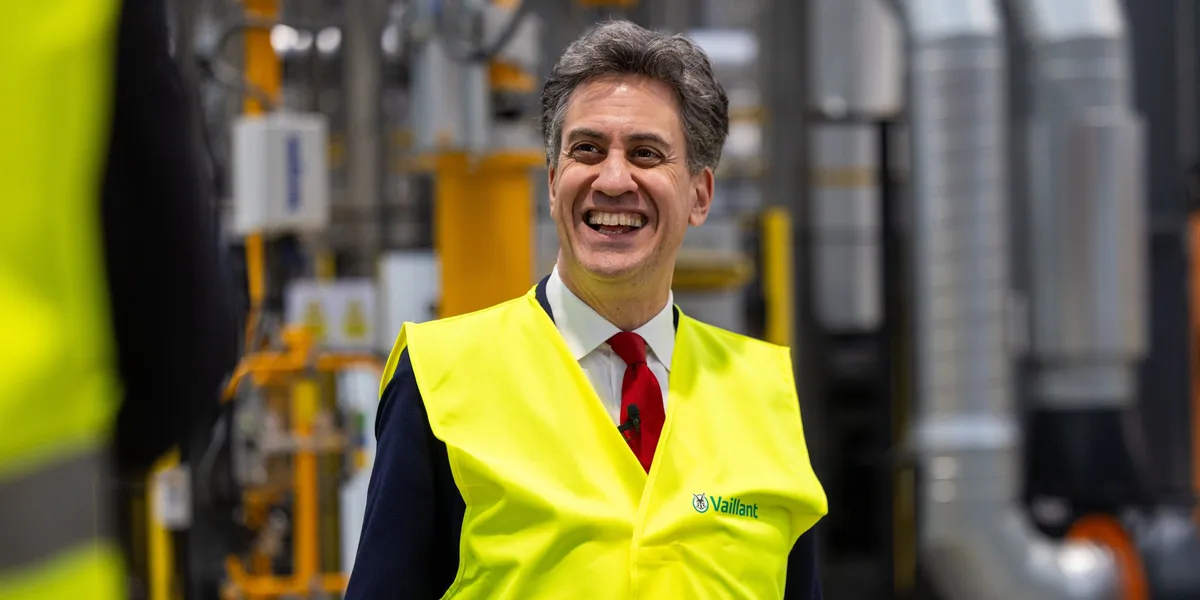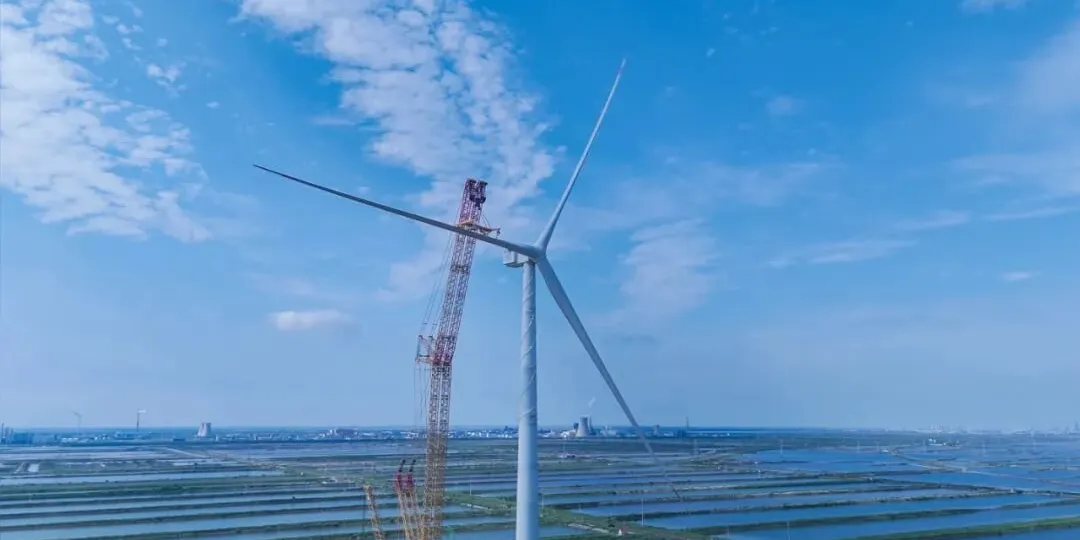
Statkraft, Europe’s largest producer of renewable energy, announced it will shift focus away from hydrogen and offshore wind production to focus on its flexible hydropower fleet in the Nordics, and solar, wind and battery activities in Europe and South America, in an effort to “strengthen its core competitive advantages.”
Last year, after Birgitte Ringstad Vartdal took over as CEO, Statkraft adjusted the company’s strategy by focusing on fewer technologies and markets. While the company maintains that underlying drivers remain strong, the energy transition is “moving at a slower pace” due to increased global uncertainty, higher costs and lower power prices. The new strategy focuses on core activities, placing near term cash flow over volume growth.
“By concentrating on our core competitive advantages and prioritizing investments in near term profitable opportunities, we will be able to continue our growth and value creation, while contributing significantly to the energy security and energy transition,” said Statkraft President and CEO Birgitte Ringstad Vartdal.
The company has plans to invest NOK 16–20 billion (USD $1.58–$1.98 billion) annually in the coming years, including large hydropower capacity upgrades in Norway, and maintenance of the operational asset fleet and onshore wind power developments in Sweden and Norway. In Europe and South America, Statkraft has a “large pipeline” of projects and plans to continue to grow in solar, wind, batteries and grid services, but at a lower growth rate than previously expected.
As announced in May, Statkraft will stop new development of hydrogen projects. In offshore wind, Statkraft will stop further activities in new projects, including the upcoming allocation round of Utsira Nord in Norway. Development of the North Irish Sea Array (NISA) project will continue, however. Statkraft has also decided to assess its investment position in solar, wind and batteries in Poland and will close down development activities in Portugal. The market activities will continue in both countries, the country added.
“At this time, Statkraft will prioritize our financial capacity on near term profitable technologies, such as solar, wind and batteries in fewer markets. We have been successful in developing an attractive portfolio in several European markets. As we need to prioritize, parts of the portfolio will benefit from getting new owners. Offshore wind will play an important role in the power mix in Europe, but the pace of development of the industry has been slower than previously forecasted, and this has impacted the ability to drive down costs in the short term,” Vartdal said.
By focusing on fewer technologies and countries, Statkraft aims to decrease the complexity of the company and reduce payroll and other operating expenses with around NOK 2.9 billion (~ USD $287 million) annually by 2027. This is a 15% reduction compared to the estimate for 2025.
“Statkraft needs to adapt to the changing market and increased geopolitical uncertainty. Unfortunately, this also impacts our most important asset: Our people. We will do what we can to limit uncertainty and mitigate negative effects on employees,” said Vartdal.







